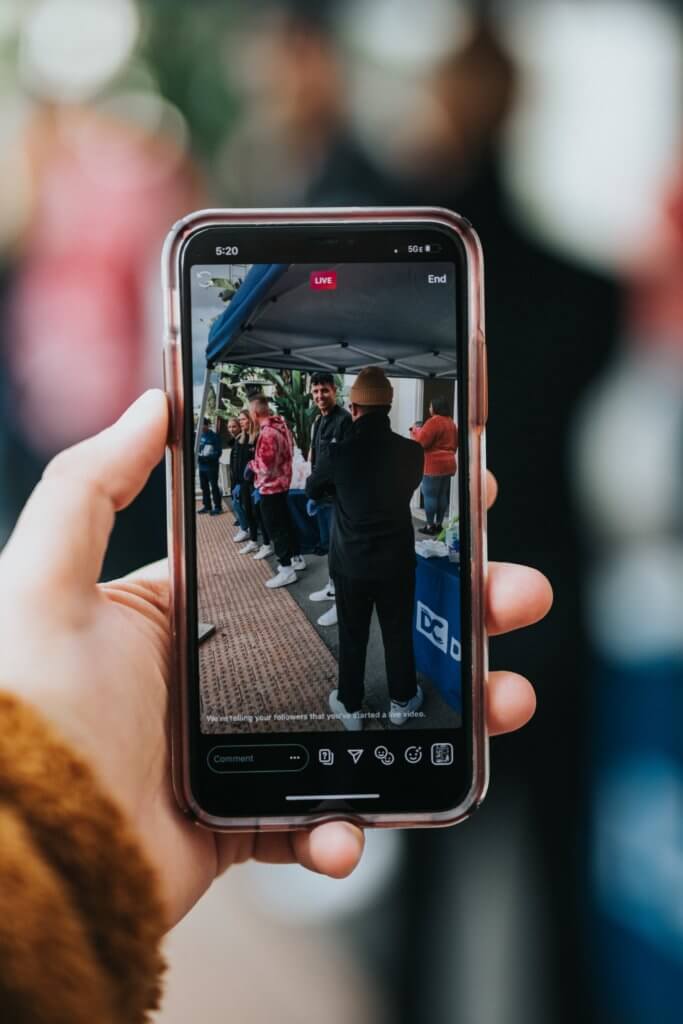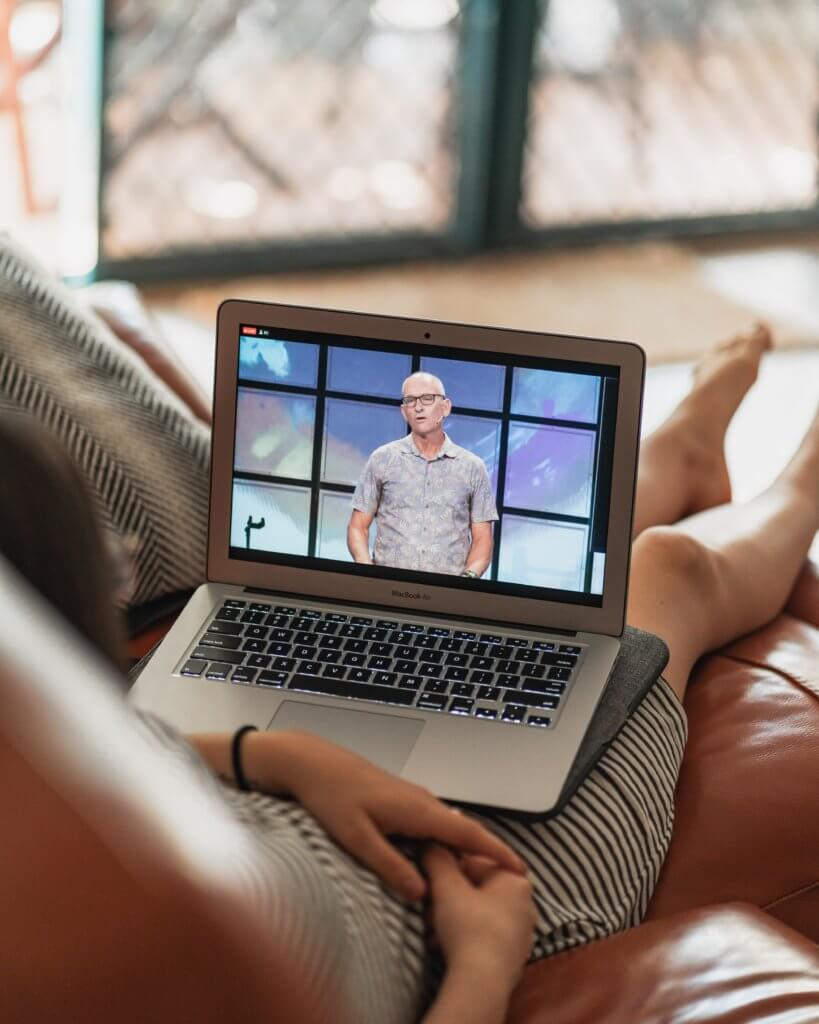Live Streaming on Social, What You Need to Know Part 2: Best Practices

If you’ve read the first part of our What Your Brand Needs To Know About Live Streaming On Social Media blog post, you know social media interest around live streaming has dramatically increased during the pandemic. You even know which social media platforms are most associated with this increased interest. However, understanding what live streaming […]
Live Streaming on Social: What You Need to Know Part 1

It’s no secret that live streaming has become more front and center during the pandemic and, in the absence of most in-person events, has become an increasingly important marketing tool for brands. To answer how much more interested the social media audience has become in live streaming, ListenFirst is sharing a two part blog post […]
